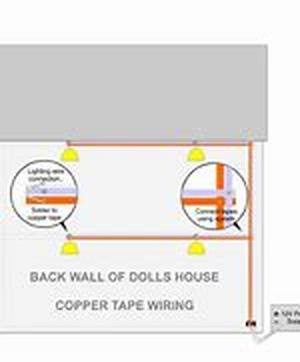
On Those Times, They Made Use Of What Nature Had To Offer By Making Use Of Daylights During The Day And The Darkness The Night Had To Offer. The Plays Would Be Presented On Different Times Of Day, To Fit A Particular Scene And Act.Through The Years, Stage Lighting Design Has Evolved And Went To Using Other Materials As Candles, Torches, And The Use Of Oil Lamps To Supplement Those Already Provided By Nature. Thus The Reason Why The Stages On Those Days Would Have Some Burnt Smell Caused By Primitive Lighting Technology In Use. The Stage Lighting Design Then Made Use Of Incandescent Lamps, Which Were Then Portable And Can Be Strategically Placed On The Different Parts Of The Stage. Through The Years, The Introduction Of Dimmer Lights, Xenon, Metal Halide, Fluorescent, Induction And Sulfur Lamps Paved The Way For Better Control And Manipulation In Stage Lighting Design.Stage Lighting Design Does Not Only Affect Visual And Physical Aspects But Has Some Effect On The Mood Of The Audience As Well. It Is Thus Necessary To Consider The Mood And The Aura Such Combination Of Lightings Will Have On A Stage. Proper Combinations Of Lighting Effects Should Be Used To Make The Proper Mood Emerge Out Of The Crowd.One Main Purpose For Lighting Is To Accentuate A Particular Piece, Person, Object, Place Or Anything On A Stage For A Valid Purpose - Intended For The Stage Play. Stage Lighting Design Can Be Controlled So As To Selectively Highlight Portions Of The Stage Where Emphasis Need Be Seen.The Direction Of The Lights In A Stage Needs To Be Planned As Well. Different Positions Of Stage Lights Produce Different Effects. A Low Front Lighting Is Often Considered To Be Flat, While High Lights Would Be Overhead To Cause Shadows On The Actors Faces. A Very Low Lighting Is Seldom Used As This Is Considered To Be Unnatural Lighting. The Direction Of Lights In Stage Lighting Design Should Be Given Due Attention. Consideration On The Floor Reflection Of Light Should Also Be One To Look Into. The Direction Of Light Plays A Significant Role In The Total Effect Of The Whole Stage Lighting Design.In Stage Lighting Design, The One Planning The Overall Effect Of The Lights Must Already Have In His Mind Where To Put Specific Lighting To Get A Particular Effect. And On Different Sequences Of The Play, The Designer Must Know Which Lights To Turn On And Which Lights To Be Dimmed Or Turned Off. Definitely, In Stage Lighting Design, All Details Must Be Accounted For. In Order To Get The Desired Effect And Atmosphere Of A Particular Scene, The Right Combinations Of Light Need To Be Applied. The Details Should Not Be Left To Chance. For An Effective Stage Lighting Design, A Comprehensive Plan Should Be In Order.





